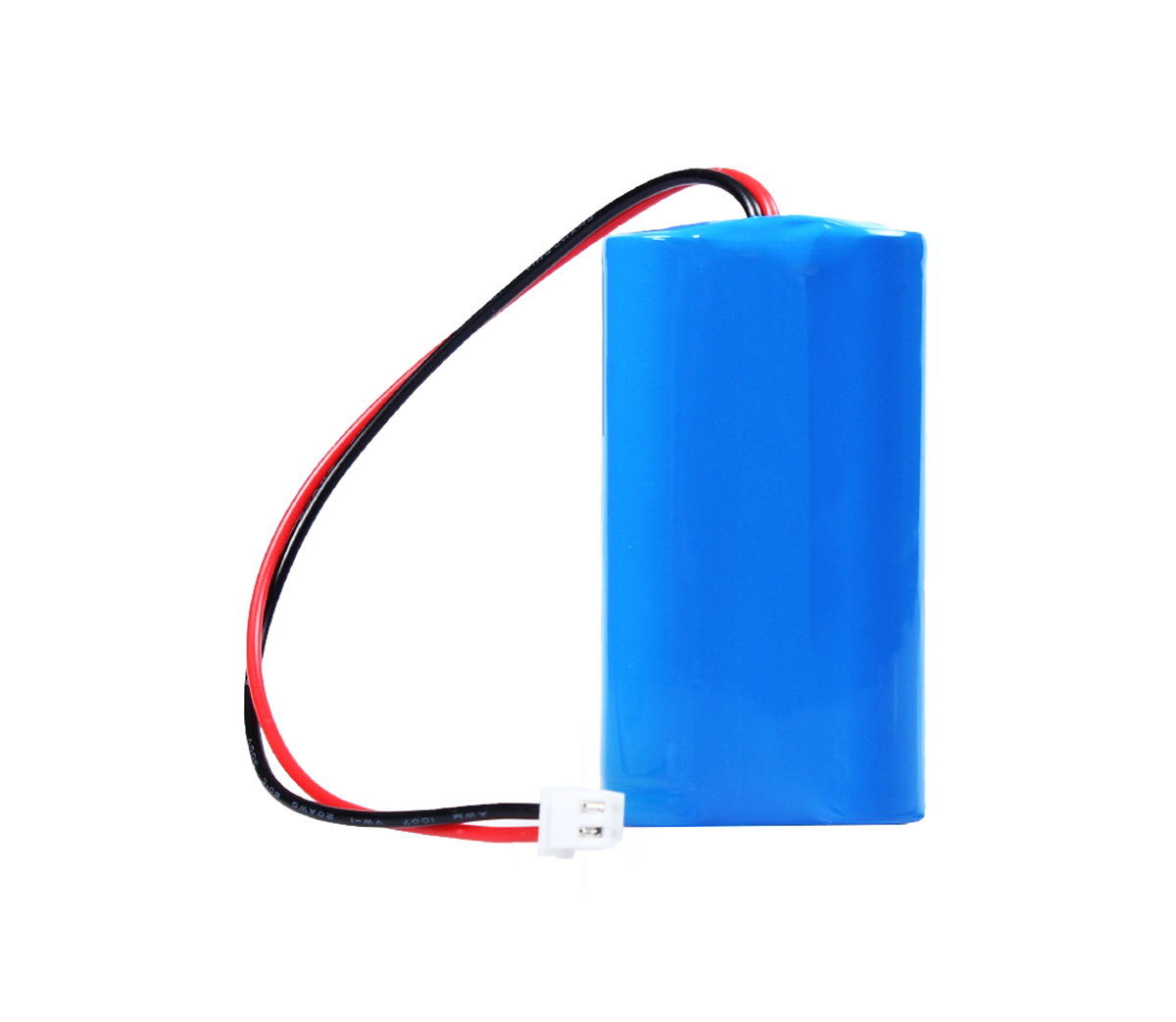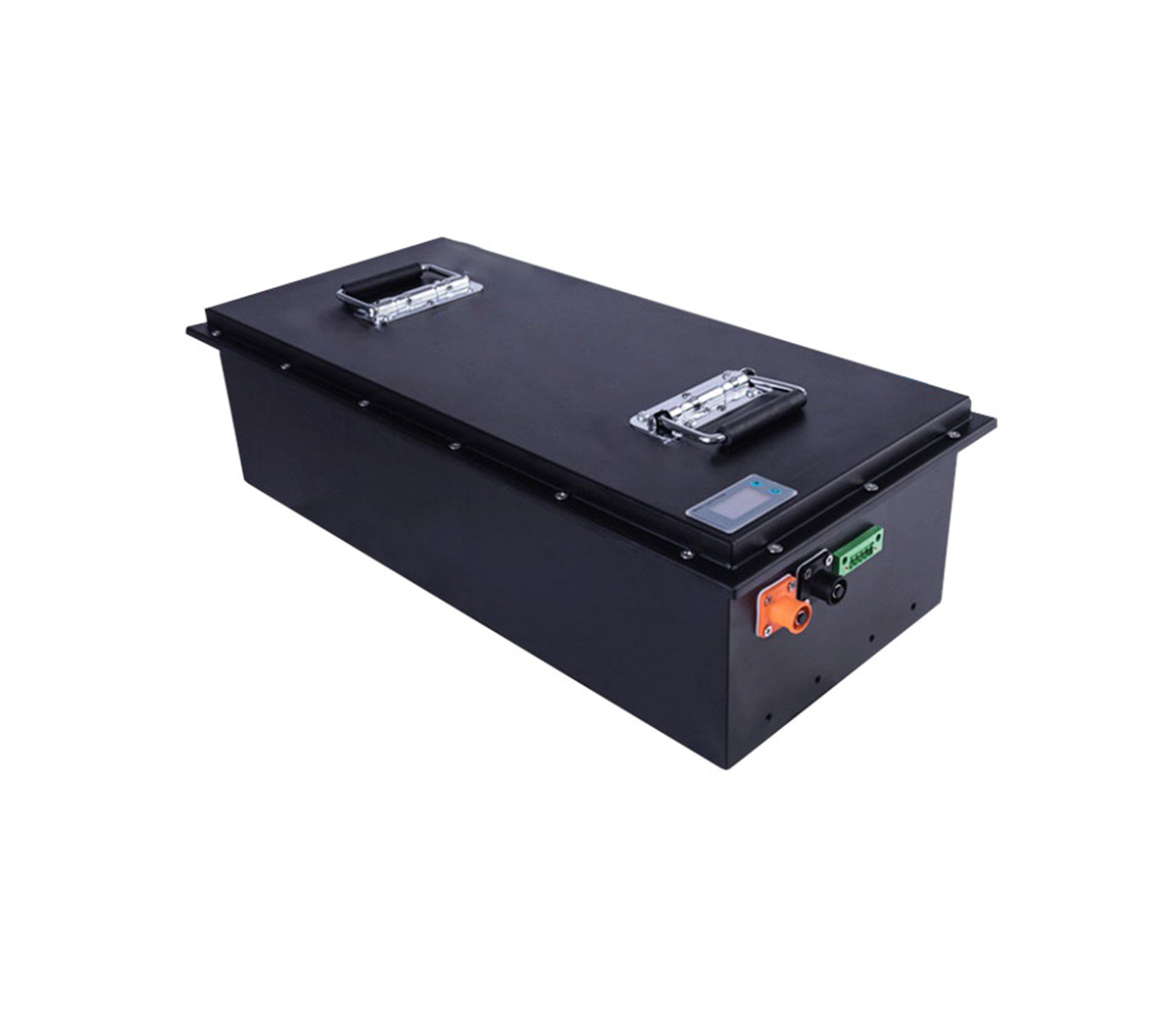The decade-long continuous cost reduction has driven
the promotion of battery products, especially the widespread
application of lithium iron phosphate batteries, resulting in a surge
in market demand for batteries. The United States has become the
world's largest battery energy storage market. According to Bloomberg
New Energy Finance, the annual demand for lithium-ion batteries will
exceed 2.7TWh by 2030.

The
U.S. Energy Information Administration claims that the U.S. plans to
deploy 5.1GW of utility-scale energy storage in 2022. But the
uncontrollability of the battery supply chain is increasing, and this
forecast is questioned. That's because prices for almost all materials
needed to make lithium-ion batteries, including aluminum, copper and
nickel, have risen across the board.
As a professional
customized lithium-ion battery manufacturer, SES Power has been paying
attention to the market of lithium-ion battery raw materials. In the
past 12 months, the price of lithium carbonate has increased by 500%. It
is estimated that for every 20% increase in the price of lithium
carbonate, the total cost of the battery will increase by 3%. The
development speed of lithium materials simply cannot keep up with the
pace of market growth. We estimate that the price of raw materials for
lithium batteries will continue to increase for two to three years.
Today,
most of the world's lithium-ion batteries are produced in China, so
the cost of energy storage systems is also affected by the global
shipping crisis. Before the pandemic, the cost of shipping a standard
container was only $1,300, but in September 2021 it reached an all-time
high of over $11,000. This has brought huge troubles to many
lithium-ion battery manufacturers. Take SES Power's energy storage
products as an example, such as 12V100Ah, 24V100Ah, 36V100Ah, 48V100Ah
using EVE, CATL, BYD square aluminum-shell lithium iron phosphate
batteries, household energy storage systems of 3KW, 5KW, rack-mounted
energy storage systems, etc. Products, shipping + materials caused the
price to rise by nearly 20%.
In late October 2021, it took
twice as long to unload containers at the U.S. port of Long Beach, one
of the world’s largest container ports, as it did before the COVID-19
pandemic. The market generally does not expect container shipping costs
to normalize until 2023.
The solar power industry is also
dealing with a similar supply chain crisis, which has led the Solar
Energy Industry Association (SEIA) to cut its 2022 market forecast by
25%. PV modules are more expensive than ever, and research firm IHS
Markit expects prices to remain high through 2023. Driven by rising PV
module prices, the price of solar power systems has increased by nearly
50% from below US$0.20/W, rising to US$0.26/W to US$0.28/W from 2020 to
the second half of 2021.
Considering that 80% of the cost of
solar + lithium battery energy storage projects come from solar power
generation facilities, and the remaining 20% comes from energy storage
systems, the price increase in the photovoltaic industry has a greater
impact on the promotion of clean energy. Since most of the battery
storage systems planned for the next three years in the United States
will be deployed in conjunction with solar power generation facilities,
developers also hope that photovoltaic modules will return to their
original prices.
Rising prices have delayed the deployment of
many lithium-ion battery energy storage projects, while energy storage
systems using other batteries have increased. Energy storage developers
working on non-lithium and non-electrochemical technologies raked in
hundreds of millions of dollars in revenue last year, and the prolonged
turmoil in the lithium-ion battery market presents them with more
market opportunities.
As the demand for renewable energy
continues to grow, it will also see long-duration energy storage
technologies become more critical, and the role of energy storage
system integrators becomes even more important. Due to the explosive
growth of market demand, many new players from different main
directions of upstream and downstream of the industry are trying to
enter the field of system integration.
In return, energy
storage integrators will need to do their part by setting transparent
and reasonable expectations with off-takers on cost structures and
timelines. And Wärtsilä is working hard to find creative solutions to
help its customers meet this global challenge. This ranges from how to
interact and communicate with customers, to proposals and contract
terms, to forecasting and supply chain strategy.
While waiting
for raw material and battery prices to recover, customers can increase
their revenue by integrating energy management software with existing
assets. For power producers, optimizing the long-term economics of
their portfolios has never been more important.
This
intelligent control system can support a variety of applications to
maximize the value of the energy storage system. Using weather, use
cases, historical system performance and battery data, energy
management software can predict how much power an energy storage system
will provide and leverage and balance insights like price changes.
Finally,
if the US Congress can pass the Build Back Better Act, which includes
the Investment Tax Credit (ITC) for independently deployed energy
storage systems, it would significantly ease the price increases of the
past six months. The Investment Tax Credit (ITC) will reduce costs and
create much-needed certainty in the energy storage market. Energy
storage is now key to America’s aggressive decarbonization and
electrification goals, and the Investment Tax Credit (ITC) will go a
long way to help get the battery storage industry back on track.



































